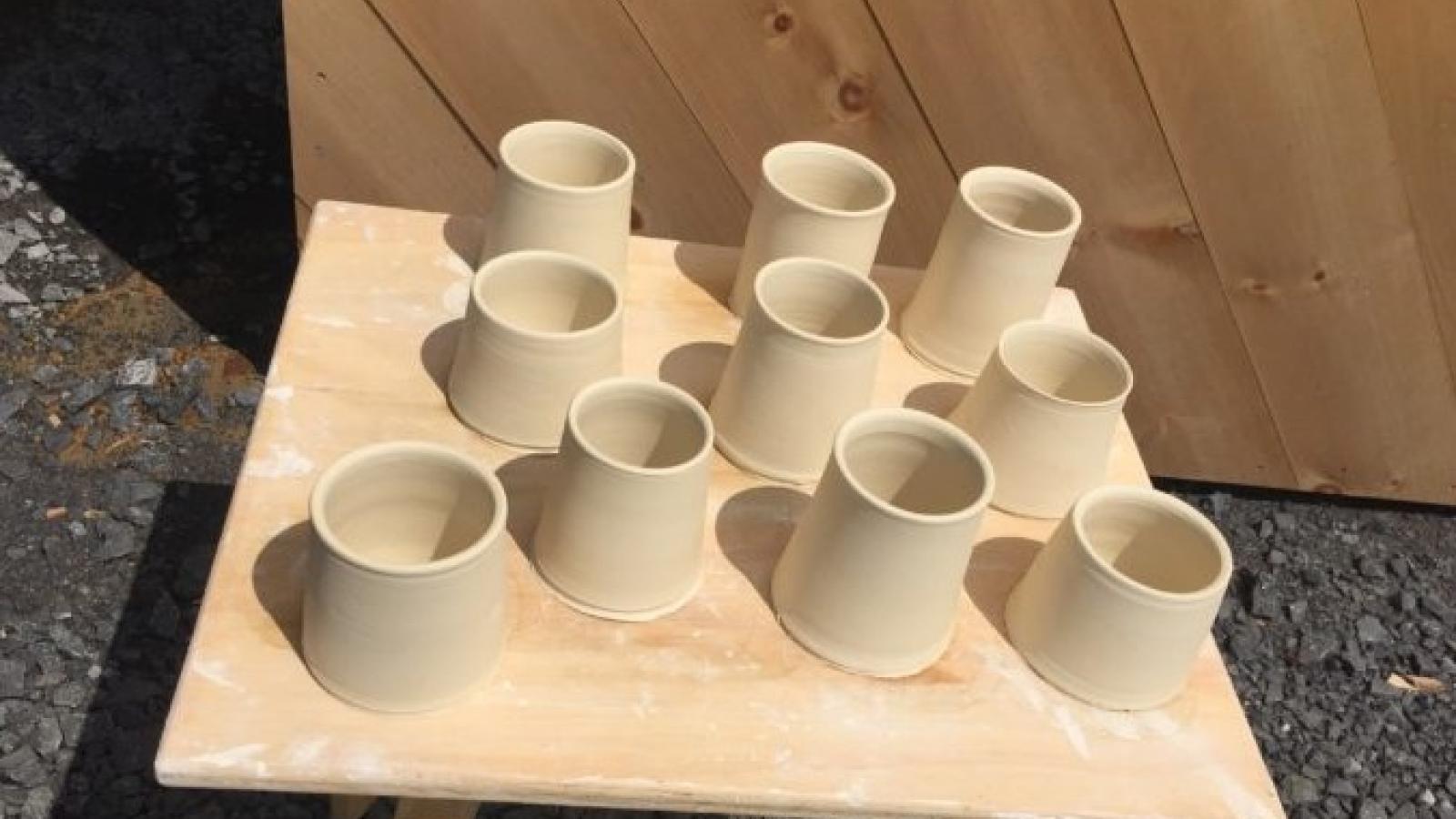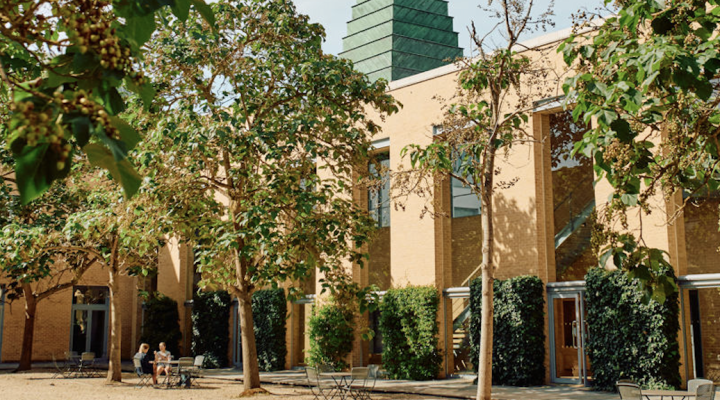This August, I hung up my clay-stained overalls and crocs and dusted off my blazer and heels, which hadn’t seen the light of day since the pandemic started.
I had just spent several months at an artist residency in the Adirondack Mountains of upstate New York, deliberately taking time off to explore the craft of pottery that had fully captured my attention before I was to spend the next full year pursuing my MBA at Oxford. As I found myself transitioning between places, among excitement, nervousness, and doubt, I felt a growing sense of tension. How would these two seemingly different worlds compare? Would my experiences seem to contradict each other?
In January, we kicked off Hilary term with a new set of classes: Strategy, Firms and Markets, and Global Opportunities and Threats: Oxford (GOTO). To my utter surprise, the first article that we read for our Strategy Course was called ‘Crafting Strategy’ by Henry Mintzberg, Professor at McGill University. In the article, Mintzberg so eloquently compares his study of strategy to his wife’s art of pottery. Mintzberg writes:
'There is no such thing as a purely deliberate strategy or a purely emergent one. No organization knows enough to work everything out in advance, to ignore learning en route. And no one – not even a solitary potter – can be flexible enough to leave everything to happenstance, to give up all control. Craft requires control just as it requires responsiveness to the material at hand.'*
Reading this article and Mintzberg’s words, I felt a sense of harmony between these two worlds that I had pinned against each other for quite some time. Six months later and thousands of miles away, I can still close my eyes and be transported right back to that potter’s wheel tucked away in the corner on a rainy summer’s night.
The indescribable force that keeps drawing me back to pottery is this forever dance between control and uncontrol. Or, as Mintzberg stated in his article, it is the balance between deliberate and emergent strategies. As potters, we sit down at the wheel with an idea in our head, a strategy. Our strategy is the combination of the styles of potters we admire; the shapes that catch our eyes, the way a mug should feel in our hands, and the tiny little inspirations that surround us every day. But, as any seasoned potter may know all too well, things happen that we don’t plan for and so emerges a new shape, a different texture, and ultimately a new way of looking at something.
One day the clay can be incredibly stubborn, moving in the exact opposite direction as I had intended. Or, another day, my mind is distracted by something outside of the studio, making it incredibly challenging just to centre a ball of clay on the wheel. Sometimes the temperature becomes my worst enemy, drying out a piece too soon or creating cracks in the clay. And don’t even get me started on making handles for mugs…I have a newfound love for tumblers.
As potters, we work with the structure that we intend to create, but we also invite new lines, curves, textures, and colours that emerge throughout the process. We overlap two glazes to see how they might interact. We test out new designs or shapes when limited with resources. We play with reducing oxygen in the kiln to alter the surface texture. We adjust when the temperature might be too humid or dry outside. But herein lies the absolute joy and novelty of pottery. Every piece that I’ve pulled out of the kiln has never been what I initially imagined. Yet, each piece is indescribably better through the emergence of new patterns that evolved during the process.
My goal this past summer was to be able to control clay. While I did become more skilled and confident in moving and shaping clay, I learned (both in the pottery studio and, again, in my strategy class) that you can’t fully control the outcome. You can only learn how to dance between the controllable and the uncontrollable, the deliberate and the emergent.
*Mintzberg, H. (1987). Crafting strategy (pp. 66-75). Boston, MA: Harvard Business School Press.





